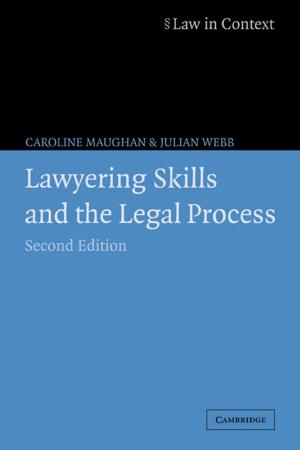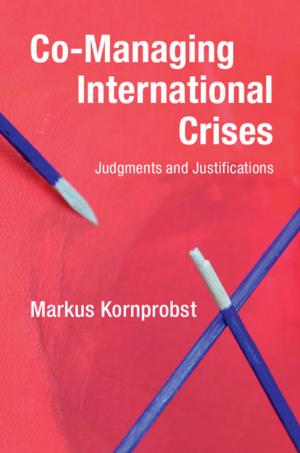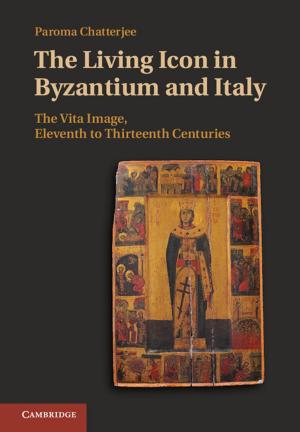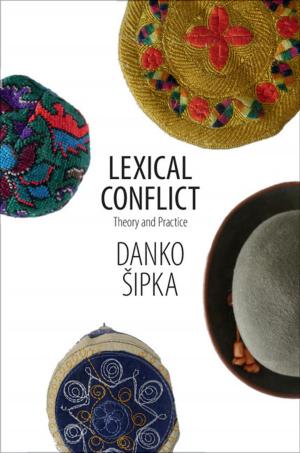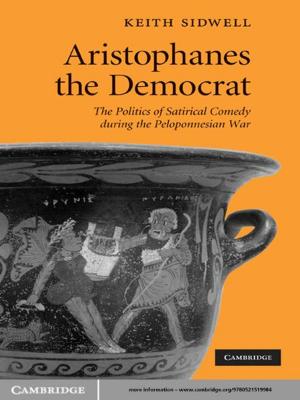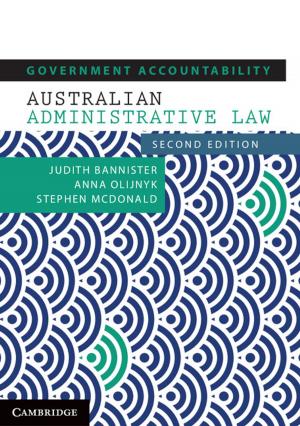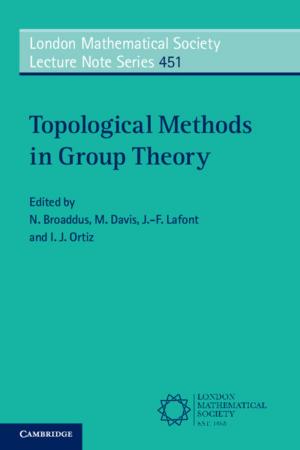Constitutional Money
A Review of the Supreme Court's Monetary Decisions
Nonfiction, Reference & Language, Law, Business & Finance, Economics| Author: | Richard H. Timberlake | ISBN: | 9781139611220 |
| Publisher: | Cambridge University Press | Publication: | April 8, 2013 |
| Imprint: | Cambridge University Press | Language: | English |
| Author: | Richard H. Timberlake |
| ISBN: | 9781139611220 |
| Publisher: | Cambridge University Press |
| Publication: | April 8, 2013 |
| Imprint: | Cambridge University Press |
| Language: | English |
This book reviews nine Supreme Court cases and decisions that dealt with monetary laws and gives a summary history of monetary events and policies as they were affected by the Court's decisions. Several cases and decisions had notable consequences on the monetary history of the United States, some of which were blatant misjudgments stimulated by political pressures. The cases included in this book begin with McCulloch v. Maryland in 1819 and end with the Gold Clause Cases in 1934–5. Constitutional Money examines three institutions that were prominent in these decisions: the Supreme Court, the gold standard and the Federal Reserve System. The final chapter describes the adjustments necessary to return to a gold standard and briefly examines the constitutional alternatives.
This book reviews nine Supreme Court cases and decisions that dealt with monetary laws and gives a summary history of monetary events and policies as they were affected by the Court's decisions. Several cases and decisions had notable consequences on the monetary history of the United States, some of which were blatant misjudgments stimulated by political pressures. The cases included in this book begin with McCulloch v. Maryland in 1819 and end with the Gold Clause Cases in 1934–5. Constitutional Money examines three institutions that were prominent in these decisions: the Supreme Court, the gold standard and the Federal Reserve System. The final chapter describes the adjustments necessary to return to a gold standard and briefly examines the constitutional alternatives.




